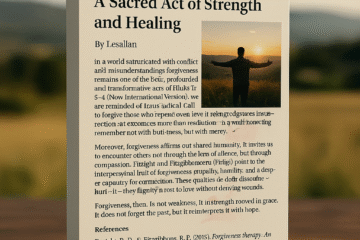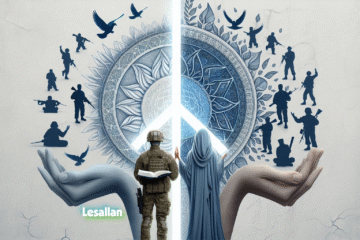The week at Ohio Christian University begins with a devotion to God, the Almighty Creator of all things. This week’s devotional was written by Lesallan and focused on Berlin’s description of Romanticism and Psalms.
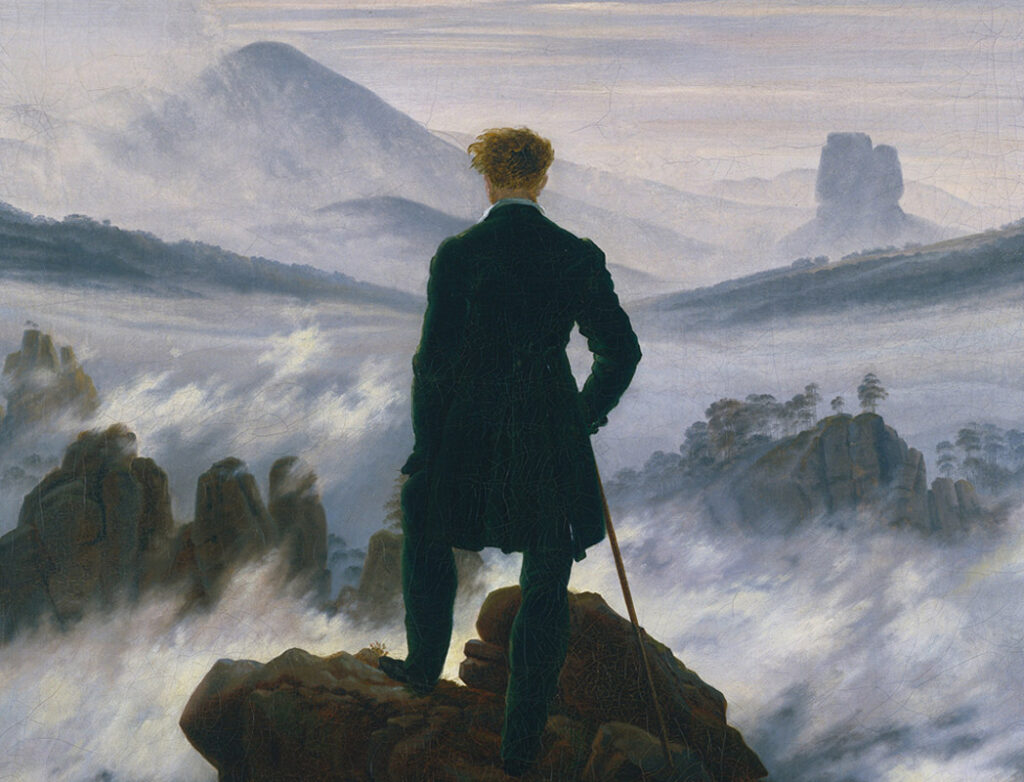
Berlin’s description of Romanticism (Ashton, 2016) contrasts Psalm 84:2 (NKJV) and David’s emotionalism to be nearer the Lord. Isaiah Berlin said that Romanticism was a movement that went against the Enlightenment ideas of reason, order, and universal truth. He said Romanticism had “two principles, the necessity of the will and the absence of a structure of things” (Berlin, 2001).
The Romantics cared more about individualism, emotion, and imagination than rationality and social norms. They wanted to show their unique selves and inner feelings in art, literature, and music. They also liked the exotic, the mysterious, and the supernatural things in life.
Psalm 84:2 (NKJV) is a verse from the Bible that shows a longing for God: “My soul longs, yes, even faints For the courts of the Lord; My heart and my flesh cry out for the living God” (Psalms 84:2, NKJV). This verse shows a religious view that values an objective truth and a connection with a higher power. The psalmist wants to be with God and worship him with his whole being. He also knows that God is the source of life and joy.

Psalm 84:2 (NKJV) and Romanticism differ in their views on objective truth and the role of emotion and individualism. The psalmist follows God’s truth and authority with his will and emotions, but the Romantics do what they want with their will and emotions. The psalmist wants to be closer to God and his word, but the Romantics want to explore their own worlds and their feelings. These different views affect how they see themselves, their relationships with others, and their place in the world. The psalmist sees himself as a creature who needs God’s grace and love, but the Romantics see themselves as independent beings who make their own meaning and value. The psalmist sees his relationship with others as guided by God’s law and covenant, but the Romantics see their relationship with others based on personal likes and feelings. The psalmist sees his place in the world as part of God’s plan and purpose, but the Romantics see their place in the world as decided by their own choices and actions.
Romanticism was a cultural movement that emphasized emotion, imagination, individualism, and nature. It was partly a reaction against the rationalism and materialism of the Enlightenment and the Industrial Revolution. Romanticism’s yearning was a hunger for the unbounded and the indefinable, perpetual movement and change, forgotten sources of life, and unattainable goals (Ashton, H., 2016). This yearning led to a more creative, spiritual, passionate, and adventurous life than the previous approaches to living. However, it also led to a life that was more impatient, worried, unpredictable, and dissatisfied with reality. Romanticism’s yearning was a source of inspiration and frustration for the artists and thinkers who embraced it.
Psalm 84:2 is a Bible verse expressing the psalmist’s longing for God’s presence in his temple. It says: “My soul longs, yes, even faints For the courts of the Lord; My heart and my flesh cry out for the living God” (Psalms 84:2, NKJV). The yearning in this verse leads to a life devoted to worshiping and praising God, who is the source of life and joy. It also leads to a life contingent on God’s grace and mercy, seeking his guidance and protection. The yearning in Psalm 84:2 reflects the deep desire of every human being to know and love God, who created us for himself.
One possible way to rephrase Isaiah Berlin’s description of Romanticism with descriptive phrases about the yearning described in Psalm 84:2 is: The yearning in this verse is manifested as the passage speaks of a fervent and enthusiastic yearning to be in the company of the creator of life, a passionate commitment to God and His intentions for us, and a craving for the boundless and timeless, conveyed through any means available to the worshiper.
Yes, this student does see echoes of Romanticism in today’s culture. Romanticism was a cultural movement that emphasized emotion, imagination, individualism, and nature. It was partly a reaction against the rationalism and materialism of the Enlightenment and the Industrial Revolution. Some of the ways Romanticism influences today’s culture can be found in the popularity of various genres on our televisions. Genres such as fantasy, horror, science fiction, and dystopia often explore the sublime, mysterious, monstrous, and supernatural themes. The appreciation of nature and its beauty, power, and diversity, as well as the awareness of environmental issues and the need to protect nature. There is a growing emphasis on promoting individual expression, creativity, and authenticity in various art forms, music, literature, and media. Additionally, there is a recognition of the value of diverse cultures and identities. There is also a noticeable interest in exploring spirituality, mysticism, transcendence, and different religious traditions and practices.
Psalm 84:2 expresses a deep longing for the presence of God. One way to apply this verse to personal life is to cultivate a similar desire for God and His presence. This can be done through prayer, meditation on God’s word, and worship. By spending time in God’s presence and seeking Him with all our hearts, we can experience the joy and fulfillment of being close to Him. The yearning for more than what is found in life is always present regardless of our life status; it is not always getting all that is wanted it is enjoying what is had and been given.
The Romanticism Movement
Written By Lesallan – June 8, 2023
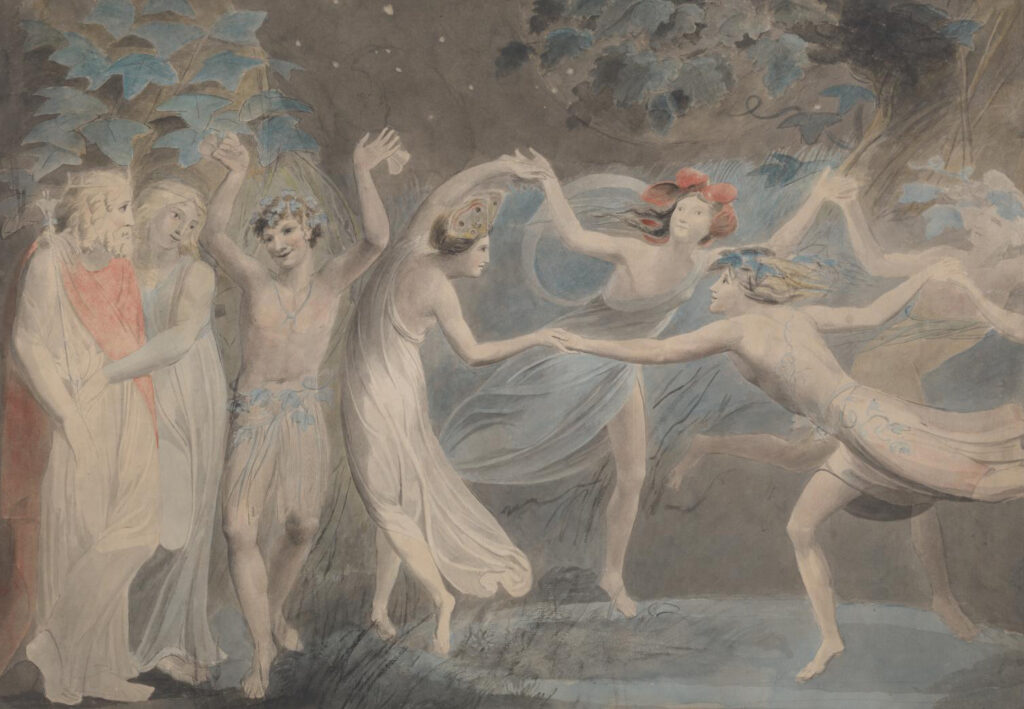
Romanticism was an intellectual and artistic movement that emerged after the Enlightenment era. It emphasized individualism, emotions, imagination, and spirituality, and valued nature, art, beauty, and history. While some Romantic writers were devout Christians, others challenged Christian doctrines and explored alternative spiritualities. Romanticism influenced Christianity by encouraging personal relationships with God and appreciation for his creation but also posed challenges by sometimes rejecting Biblical truth and idolizing nature or self over God.
During the Romantic Era, Christianity saw a shift towards personal emotional experience in faith, a greater appreciation for nature as a manifestation of God’s glory, and an emphasis on art as a form of worship. However, this also resulted in an openness to non-Christian spiritualities that sometimes challenged orthodox Christianity. These changes enriched Christian life and literature and posed a risk of undermining Christian doctrine.
Classicism valued reason, logic, and objectivity, while Romanticism valued emotion, intuition, and subjectivity. Classicism respected tradition, authority, and rules, while Romanticism challenged them. Classicism focused on the universal, while Romanticism focused on the individual. Classicism favored form, while Romanticism favored content. Classicism idealized reality, while Romanticism romanticized it. Classicism focused on the heroic, while Romanticism focused on the common. Classicism explored the known, while Romanticism ventured into the unknown.
Romantic music aimed to express a wide range of human emotions more intensely than in previous eras and was influenced by imagination, creativity, nature, and history. Romantic composers used music to tell stories, evoke images, and explore different cultures and times.
Romanticism and Scripture share some common beliefs while also presenting some differences. Both acknowledge the importance of emotions and experiences. Romanticism highlights the significance of these as sources of inspiration and meaning, while Scripture affirms their role in one’s faith and relationship with God. The Bible reassures us that we can taste and see God’s goodness and be blessed by taking refuge in Him. Emotions are integral to God’s image in us, as demonstrated throughout the Bible, where He expresses joy, anger, compassion, and grief.

The wonders of nature and its beauty have always been celebrated as a divine manifestation and a source of spiritual inspiration. We can witness God’s glory and character through His creation, as mentioned in the Bible, “The heavens declare the glory of God; the skies proclaim the work of his hands” (Psalm 19:1). God has created nature with beauty and order, and it is our responsibility to appreciate and care for it as His stewards, as stated in Genesis 1:28-31; 2:15.
Imagination and creativity have always been highly regarded as a means of surpassing the boundaries of reason and reality. This belief was held dear during the Romanticism era and acknowledged in Scripture as a gift from God. The book of Exodus, for instance, describes how God filled Bezalel and Oholiab with His Spirit, granting them artistic abilities to construct the Tabernacle. As image-bearers of God, we possess the gift of creativity, and when we express it in ways that honor Him, it brings Him great joy. After all, God is the ultimate Creator.
This student understands that rejecting reason and authority can be a point of conflict. While Romanticism challenged reason and authority as guides for knowledge and expression, it is essential to remember that Scripture affirms the role of reason and authority in our faith and life. God invites us to use our minds to understand His truth and will, not just our feelings. He also commands us to respect and obey His authority and the authorities He has placed over us.
Understandably, the elevation of self and nature can also be a source of conflict. While Romanticism sometimes led to a glorification of self and nature over God, Scripture warns us against idolatry and pride that exalt anything or anyone above God. God alone deserves our worship and devotion, not ourselves or His creation.
This student recognizes that the distortion of truth and morality can be concerning. Romanticism sometimes led to relativism and individualism that undermined truth and morality. However, it is important to remember that Scripture teaches us that truth and morality are not based on our subjective feelings or preferences, but on God’s objective revelation and standards. God’s word is the ultimate truth source guiding our beliefs and actions.
This student may say that our current society has elements of both the Classical and Romantic eras. On the one hand, we still value reason, science, democracy, and human rights derived from the Classical tradition. On the other hand, society also appreciates creativity, diversity, personal expression, and environmentalism inspired by the Romantic tradition. This student would say that our society is a blend of both eras. Society is constantly shifting between them depending on historical and cultural circumstances.
This student does not have a personal preference for either era, as the thoughts are that they both have valuable insights and contributions to human knowledge and culture. However, should a choice be made, the leaning would be toward the Romantic Era because it is more exciting and inspiring. It is intriguing to delve into the intricacies of human emotions, imagination, and creativity while admiring nature’s wonder and variety. This student also admires the Romantic philosophers who challenged the powers of the day and promoted social change and human dignity.
One might argue that the Romantic era was more progressive than the Classical era, as it challenged the established norms and values of the Enlightenment and the Industrial Revolution. The Romantic era also strongly advocated social justice, human rights, and environmental protection. However, it could also be reasoned that the Classical era was progressive, as it introduced new ideas and methods of reasoning, science, democracy, and ethics that shaped Western civilization and culture. Therefore, this student believes it depends on how a person measures progress and what values and goals you consider important.
The Romantic era impacted society by encouraging individuals to think for themselves and embrace their uniqueness, regardless of their circumstances. The Romantics championed philosophical ideas, art, and individuality by building upon the ideas and ethics introduced during the Classical era. While modern technology may have changed our lives and how we live, it is essential to remember the simple things in life and hold onto the heartfelt emotions expressed through art, music, and philosophy. Whether people identify as Classicist or Romantic is a question only the Holy Spirit can answer, but the lessons of the Romantic era continue to inspire us to this day.
Thoughts on Classical & Romantic Era Music
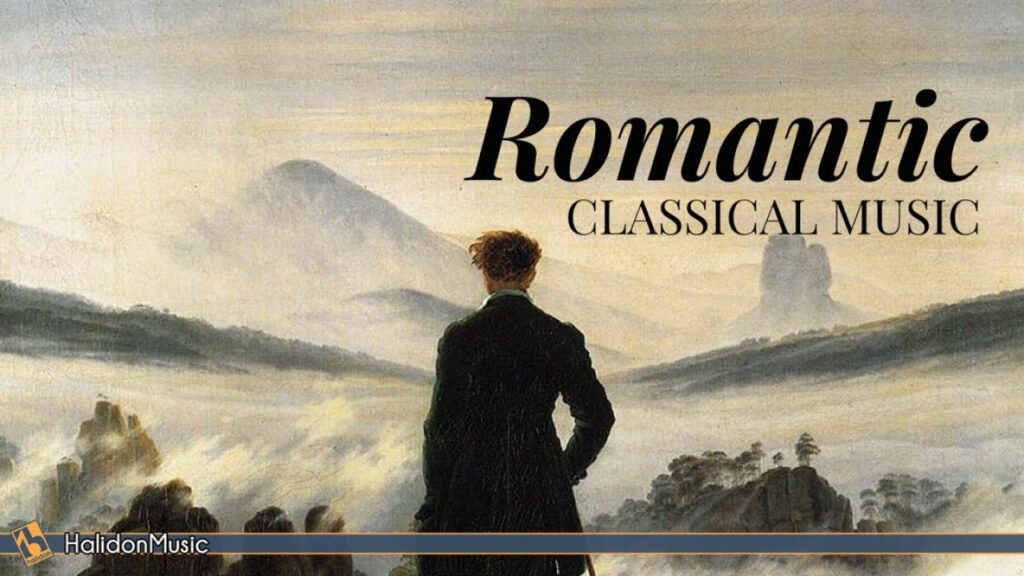
During the Classical Era, the orchestra was established and remained popular in the Romantic Era and beyond. Many ensembles created during the Classical Era were developed and continued to flourish during the Romantic Era. The main difference lies in the number of performers. While Classical music typically uses a traditional orchestra, Romantic-era music encourages diversity and experimentation. Composers began incorporating various emotions into their music to convey stories through their compositions.
The German Romantic tradition inspired many Romantic era composers, emphasizing emotion and expressive singing. Early Romantic Era Composers expressed a profound interest in tone color, melodiousness, a free approach to details of form, and subjective expression in which enthusiasm plays a large part (Forney et al., 2021). On the other hand, Classical music tends to be more structured and rigid than Romantic music. The Classical Era emphasized uniformity, with a distinct look or style dominating all others. The focus on balance, clarity, and simplicity can characterize this, Era.
The Lied or plural Lieder is a type of German song that combines poetry and music. A vocalist and pianist usually perform it, and the thing about Lieder is that both musicians share the responsibility of bringing the song’s poetic nature to life. This creates a beautiful interaction between the two, almost like a musical conversation. For example, in Schubert’s “Erlkonig,” the piano part depicts the horse’s movement while the vocal line brings to life, the narrator, boy, father, and the elf king known as the Erlkonig (Forney et al., 2021, pp. 242-249).
Foster’s music is popular and has impacted American music because it captures the spirit of nineteenth-century America and reflects its cultural heritage. His songs are characterized by their catchy melodies, simple harmonies, and sentimental lyrics that evoke a sense of nostalgia. Foster’s music has endured because it speaks to universal themes such as love, longing, and the passage of time.
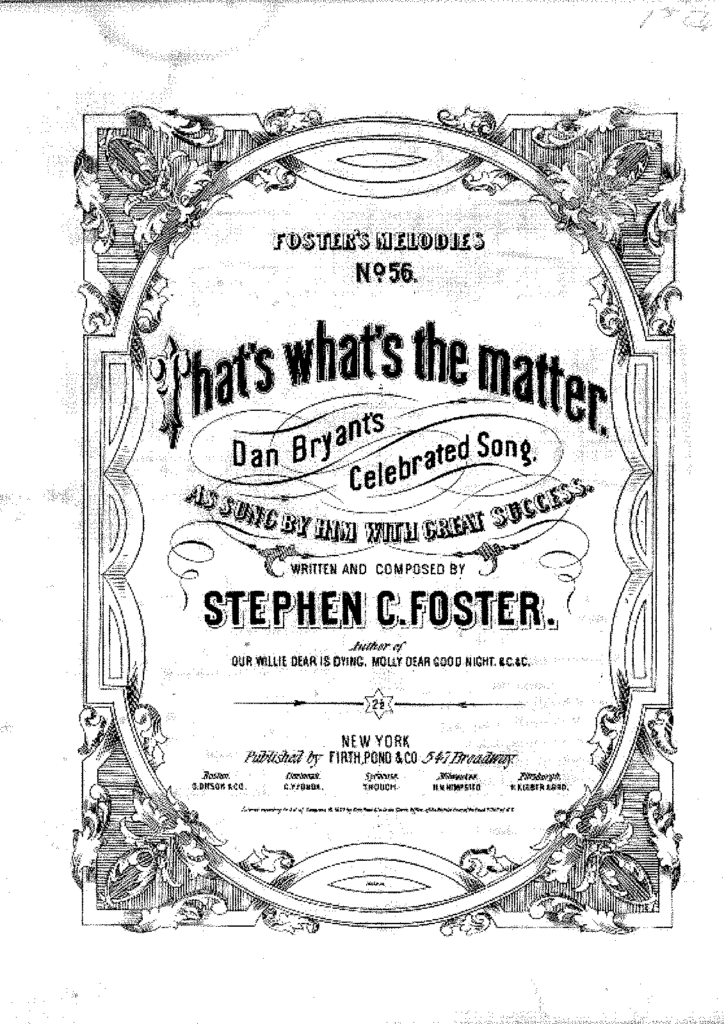
Chopin was a Polish composer and a virtuoso pianist in his era. Chopin’s compositions retained many of the basic characteristics of the Classical period. This composer wrote primarily for the solo pianist. His compositions not only kept the basic characteristics of the Classical period, but he also made greater use of romantic ideals such as music imagery. The piano was once a popular source of entertainment and socialization in households, often used as the focal point during gatherings and parties. Its versatility allowed for experimentation with various musical styles and genres.
Fanny Hensel, a gifted composer, worked privately despite her upper-class status and numerous social obligations. She was advised against pursuing a public career, which afforded her more opportunities to focus on composing music. The social factors of her day, such as household management, raising children, and religious services, took up considerable time (Forney et al., 2021). Being of the upper class and wealthy, she had help in these daily areas of responsibilities and expectations. Societal factors were important because they allowed women to participate in the musical world and contribute to the development of music. Despite facing numerous obstacles and challenges, women contributed significantly to music as composers, performers, teachers, and patrons.
Classical music was known for its expressive and communicative qualities, but the romantic composers emphasized even more on the human condition and the struggle of the spirit (Forney et al., 2021). The instrumental groupings were a common thread between classical and romantic periods. Classical composers wrote their music with a more joyous mood, and during the era plagued by capitalist and inhumane ideals, romantic composers captured a more expressive mood in their music. Their compositions reflected the need for increased emotional expression, which the society of that time demanded.
One of the debates in music history is about the difference between absolute music and program music. Absolute music is instrumental music that does not have a specific story or scene behind it. It is music for its own sake, with the composer giving no hint of what it might depict. Program music, on the other hand, is music that has an extra-musical idea to go along with it. It might be a story, an idea, a picture, or a text (Forney et al., 2021). The music is representational of the source, which is used as the subject of music.
Both types of music have their advantages and disadvantages. Some people prefer absolute music because they think it allows more freedom for the listener to interpret the music in their own way. They also think that absolute music is more pure and universal since it does not depend on any external reference. Others prefer program music because they think it adds more interest and meaning to music. They also think program music is more expressive and creative since it shows how the composer can translate a non-musical idea into musical sounds.
Composers in different periods and styles have used both absolute and program music. In the classical era, most composers wrote absolute music, using forms like the symphony, sonata, and concerto to explore musical ideas. In the Romantic era, many composers wrote program music, using forms like the concert overture, incidental music, program symphony, symphonic poem, and the character piece to convey literary or pictorial associations. Some examples of absolute music are Beethoven’s Symphony No. 5 in C minor and Mozart’s Piano Sonata No. 16 in C major. Some examples of program music are Vivaldi’s Four Seasons and Tchaikovsky’s Swan Lake.
In the eighteenth century, music was influenced by nationalism in different ways. One way was to use musical elements from the folk culture of a country, such as songs, dances, and rhythms. Composers used these elements to show their national identity and to honor their country’s traditions.
Another way was to use music to tell stories or show scenes from a country’s past or legends. Composers wrote operas, symphonic poems, and other musical works based on their country’s history or mythology, using music to show their national pride and celebrate their country’s achievements.
Nationalism in music was also a way of challenging the European classical tradition that was dominant in music. Composers from different countries wanted to show their national identity and culture through music, creating new musical styles and forms that differed from the European classical tradition.
Exoticism in Romantic music portrays foreign cultures using musical elements perceived as exotic. This Exoticism can be achieved through non-musical or musical elements influenced by other regions. Bizet’s Carmen is an example of using Spanish folk songs and dances. Exoticism can be classified as non-musical, romantic, or realistic.
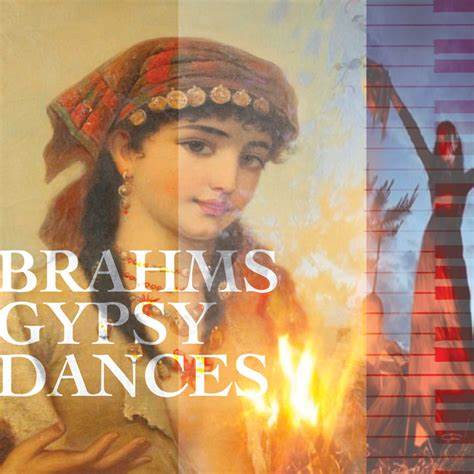
“Symphonie Fantastique” by Hector Berlioz is a true masterpiece of Romantic music. It is a programmatic work, which means that it tells a story through music and follows the journey of a young artist deeply in love with a woman. Throughout the symphony, we experience the artist’s vivid dreams and hallucinations.
The music of “Symphonie Fantastique” is incredibly emotional and colorful. Berlioz uses various musical techniques to convey the artist’s feelings, from the dreamy and soothing melodies at the beginning to the powerful and energetic finale. This symphony’s exploration of the inner world of emotions makes it so unique. It is a true reflection of the Romantic ideal of the artist as a unique creator who finds inspiration in their personal experiences and emotions.
Music from the Classical and Romantic Eras have different characteristics and styles, and this student appreciates both for different reasons. Personally, the music from the Romantic Era is preferred as it is more expressive, diverse, and imaginative than music from the Classical Era. Romantic composers experimented with new forms, harmonies, and timbres to create rich and varied musical landscapes. Romantic music often tells a story or evokes a mood through musical devices such as motifs, themes, and leitmotifs. Some of this student’s favorite pieces from the Romantic Era are “Symphonie Fantastique” by Hector Berlioz: “Nocturnes” by Frédéric Chopin: “Violin Concerto in E Minor” by Felix Mendelssohn: “Hungarian Rhapsodies” by Franz Liszt.
The Modern Aesthetic: Realism to Expressionism
Cabanel’s technique in Birth of Venus uses opalescent colors to create a soft and dreamy effect. Cabanel uses subtle ways to depict personality through the relaxed posture and sleepy expression of Venus. The lightest color used in the painting makes reference to the lightness and enlightenment of relaxation, strengthening the reclining nude’s placid demeanor and virginity (Dewitte et al., 2018).
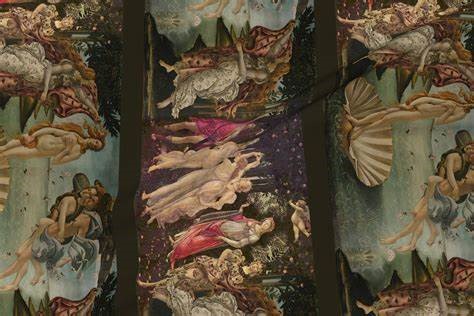
In contrast, Luncheon on the Grass by Manet boldly displays visible brush strokes and intentionally leaves parts of the scene unfinished. This deliberate technique produces a striking flatness and disregard for traditional perspective. Harsh contrasts are created by the abrupt shifts between light and dark elements, combined with the rapid, fluid brushstrokes. The result is an unapologetic and powerful composition.
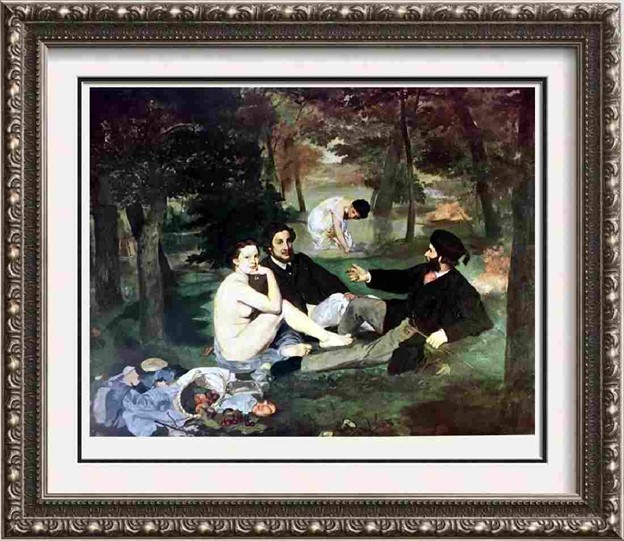
The artwork of Cabanel embodies the ideals of academic art, including a mythological subject, graceful modeling, silky brushwork, and perfect form. On the other hand, Manet’s composition broke free from academic traditions by exhibiting visible brush strokes and an unfinished appearance in some parts of the painting. Through this bold move, Manet introduced a new modern painting style that changed the way the world perceived art (Dewitte et al., 2018, pp. 502-504).
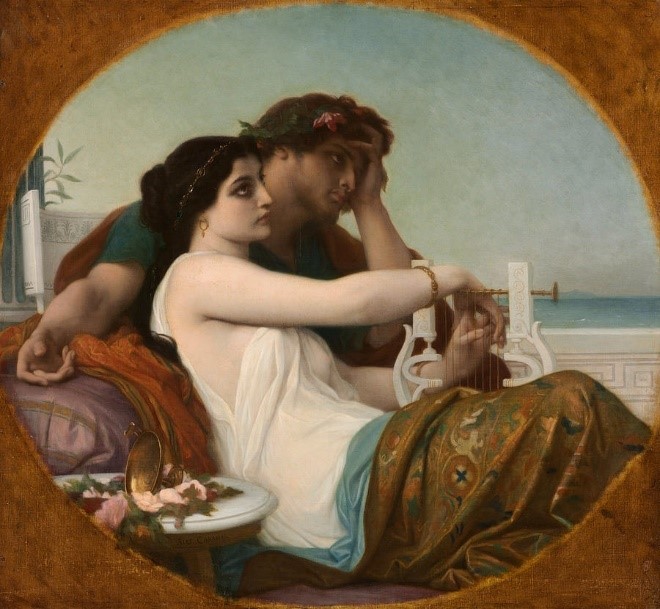
Realism was an art movement that started in France in the mid-1800s. Realism aimed to show things as they really were without idealizing them. Realist artists focused on everyday people and situations and used new techniques to make their paintings more accurate and detailed.
Both Gustav Courbet (1819-1877) and John Everett Millais (1829-1896) embodied the principles of Realism in their art by rejecting the artificiality of Classicism and Romanticism. Their aim was to convey an honest and unbiased representation of contemporary life.
Courbet stood out as a champion of Realism by challenging the traditional dominance of historical painting at official Salons and state-sponsored art academies. John Everett Millais was part of the Pre-Raphaelite Brotherhood, a collective of artists who aimed to revive the intricate details, vivid colors, and intricate compositions of Quattrocento Italian art. Millais demonstrated Realism in his art by realistically portraying contemporary subjects, avoiding idealized academic techniques, and instead opting for a straightforward style inspired by popular imagery (Dewitte et al., 2018).
Impressionism was a French art movement that started in the 1860s. It aimed to portray visual reality truthfully and objectively by capturing the effects of light and color on objects. Impressionist artists used light colors and loose brushstrokes and did not follow the traditional rules of perspective and composition.
Impressionism also expanded the range of subjects for painting by showing the imperfect and asymmetrical aspects of the world. Impressionist artists painted what they saw, not what they imagined or idealized. They depicted the changing conditions of light and weather and the fleeting moments of everyday life.
Two examples of Impressionist paintings are Mary Cassatt’s “The Child’s Bath” and Edgar Degas’ “Blue Dancers.” Both paintings show how Impressionist artists used light and color to create realistic and vivid impressions of their subjects. Cassatt’s painting was influenced by Japanese prints, which she used to create a flat perspective, bold patterns, outlines, and cropped forms. These elements helped her to show the effects of light and color on the scene. Degas’ painting also used light and color to show the movement and energy of the dancers. Degas used bright colors and loose brushstrokes to convey the dancers’ sense of motion and spontaneity.
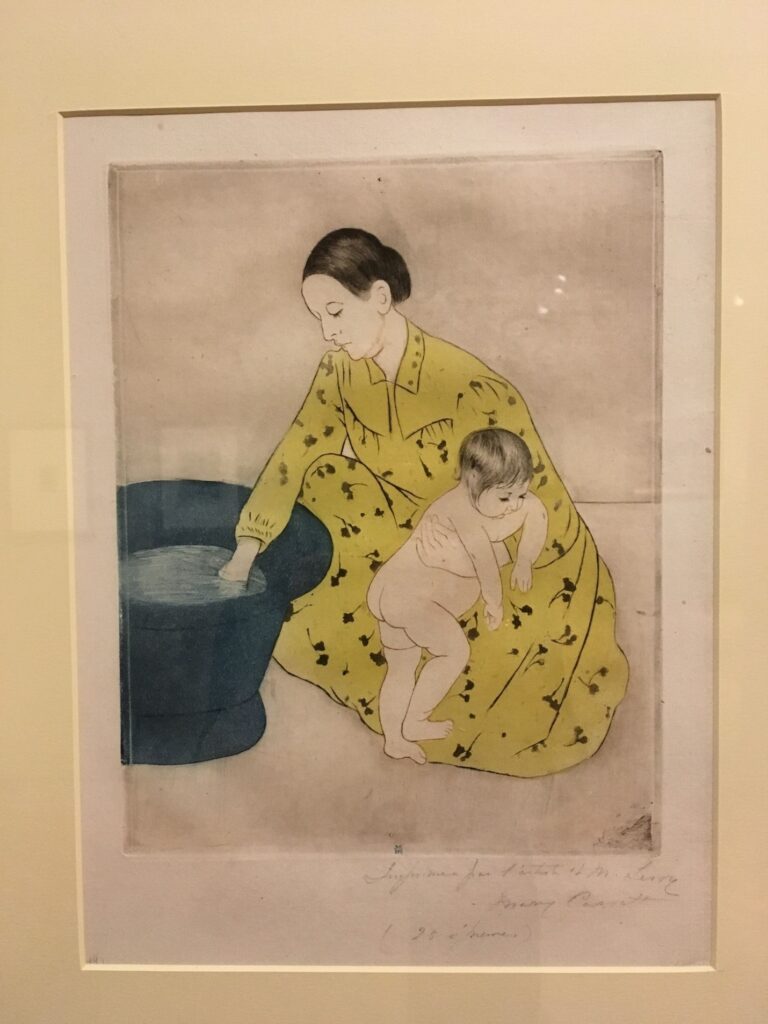
Both paintings also reflect the Impressionist interest in contemporary and ordinary subjects. Cassatt and Degas painted people and situations that were familiar and common, not historical or mythical. They showed them realistically and objectively without idealizing or embellishing them. Their paintings were based on popular imagery, not academic techniques (Dewitte et al., 2018).
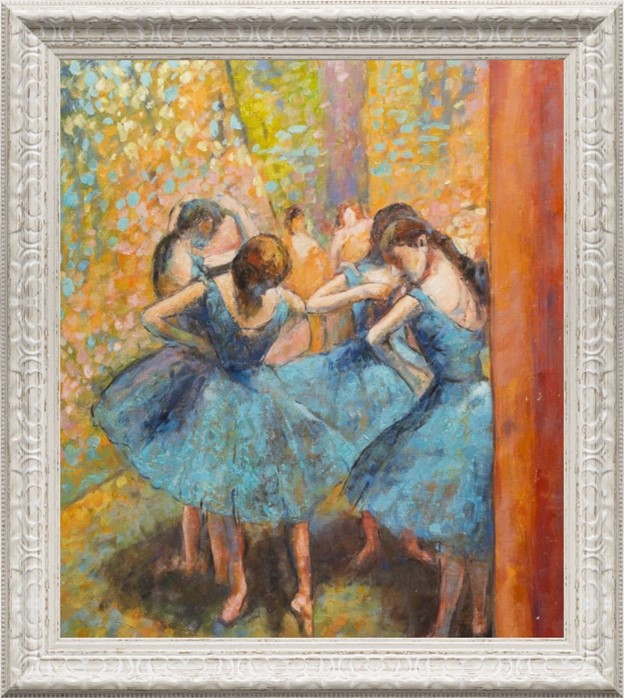
Post-Impressionism was a movement that challenged the limits of Impressionism in the late eighteen-hundreds. It aimed for more expressive and personal art while still using vivid colors and unconventional themes. Two famous Post-Impressionist artists were Paul Gauguin (1848-1903) and Vincent Van Gogh (1853-1890), who used different methods to achieve their visions. Gauguin created a distinctive style that featured bright colors, thin but sharp edges, and a rough but bold depiction of objects’ shapes and outlines. He was fascinated by the simple native life and wanted to explore and reveal the beauty of those mysterious and naive people. He often portrayed the raw charm of native women, using full shapes to show their voluptuous bodies.
Vincent van Gogh’s paintings showed Post-Impressionism in using color and form to express emotion. Van Gogh exaggerated the features of objects to communicate the feelings he wanted. He also added whimsical details to his paintings and sometimes used so much paint that they looked three-dimensional. Both artists focused on modern subjects and represented them realistically and honestly. Both artists rejected the idealized academic approach and used a plain style based on popular imagery.
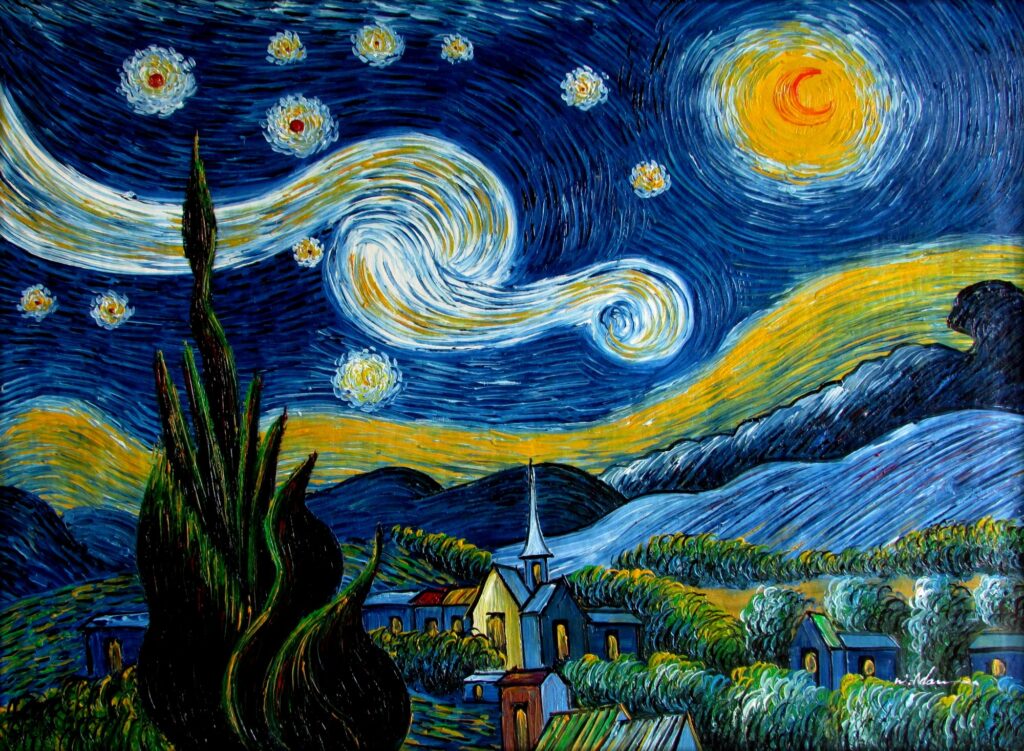
Both artists pursued more expressive and personal art while still keeping some of the aspects of Impressionism, such as the use of brilliant colors and general freedom from traditional themes (Dewitte et al., 2018).
Written By Lesallan at the Pond – June 12, 2023
References:
Ashton, H. (2016, September 22). Get SmART – The Romantic Era. Museum of Art (MOA). https://moa.byu.edu/get-smart-the-romantic-era/
Berlin, I. (2001). The roots of Romanticism. Princeton Univ. Press.
Berlin, I., & Internet Archive. (1999). The roots of Romanticism. In Internet Archive. Princeton, N.J.: Princeton University Press. https://archive.org/details/rootsofromantici0000berl/page/n199/mode/2up
Dewitte, D. J., Larmann, R. M., & M Kathryn Shields. (2018). Gateways to Art: Understanding the Visual Arts (3rd ed.). Thames & Hudson.
Forney, K., Dell’Antonio, A., & Machlis, J. (2021). The enjoyment of music. W. W. Norton & Company.
Laird, A. (2013, January 31). Philosophy in the Romantic Era. Prezi.com. https://prezi.com/vfswvyue8niq/philosophy-in-the-romantic-era/
mistersato411. (2023, February 19). What is Romanticism? Www.youtube.com. https://www.youtube.com/watch?v=-Q08c76z1Zc
The School of Life. (2015). HISTORY OF IDEAS – Romanticism [YouTube Video]. In YouTube. https://www.youtube.com/watch?v=OiRWBI0JTYQ
